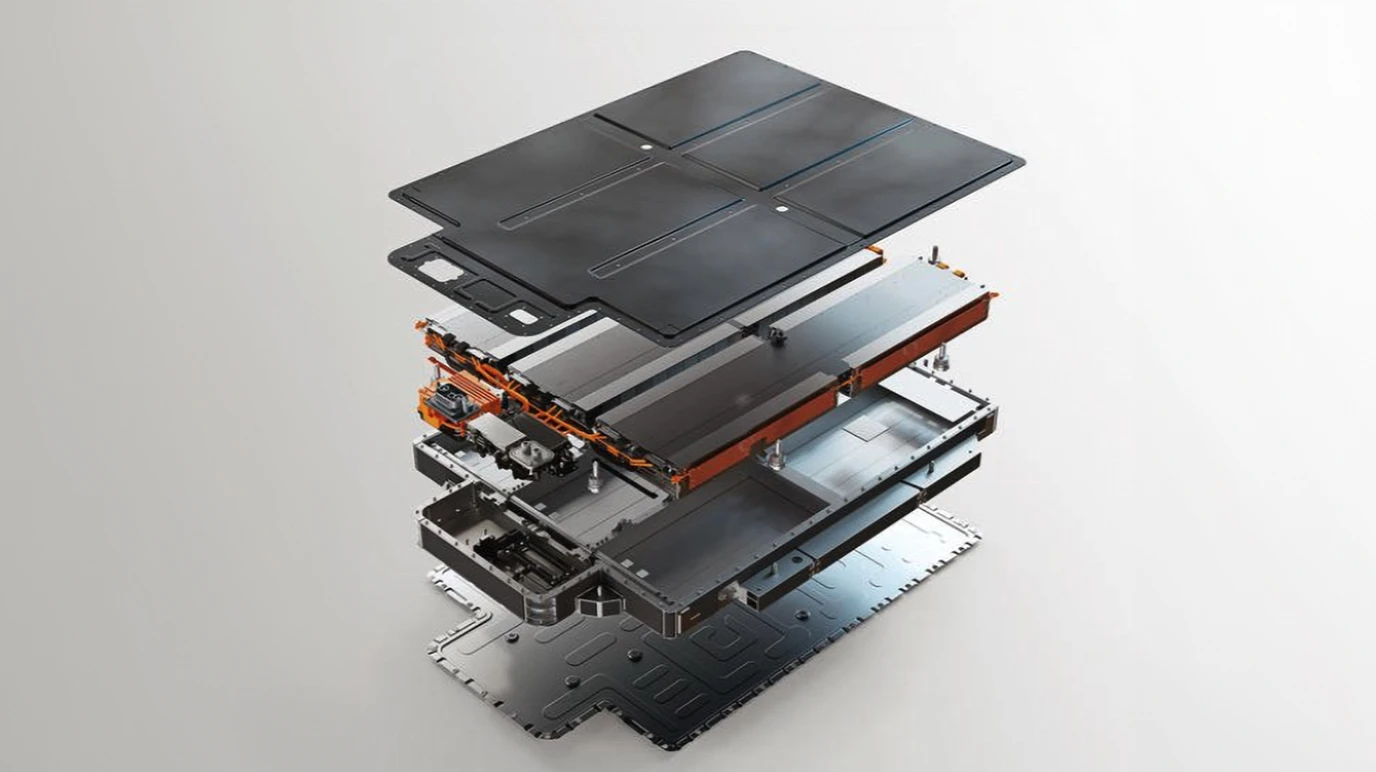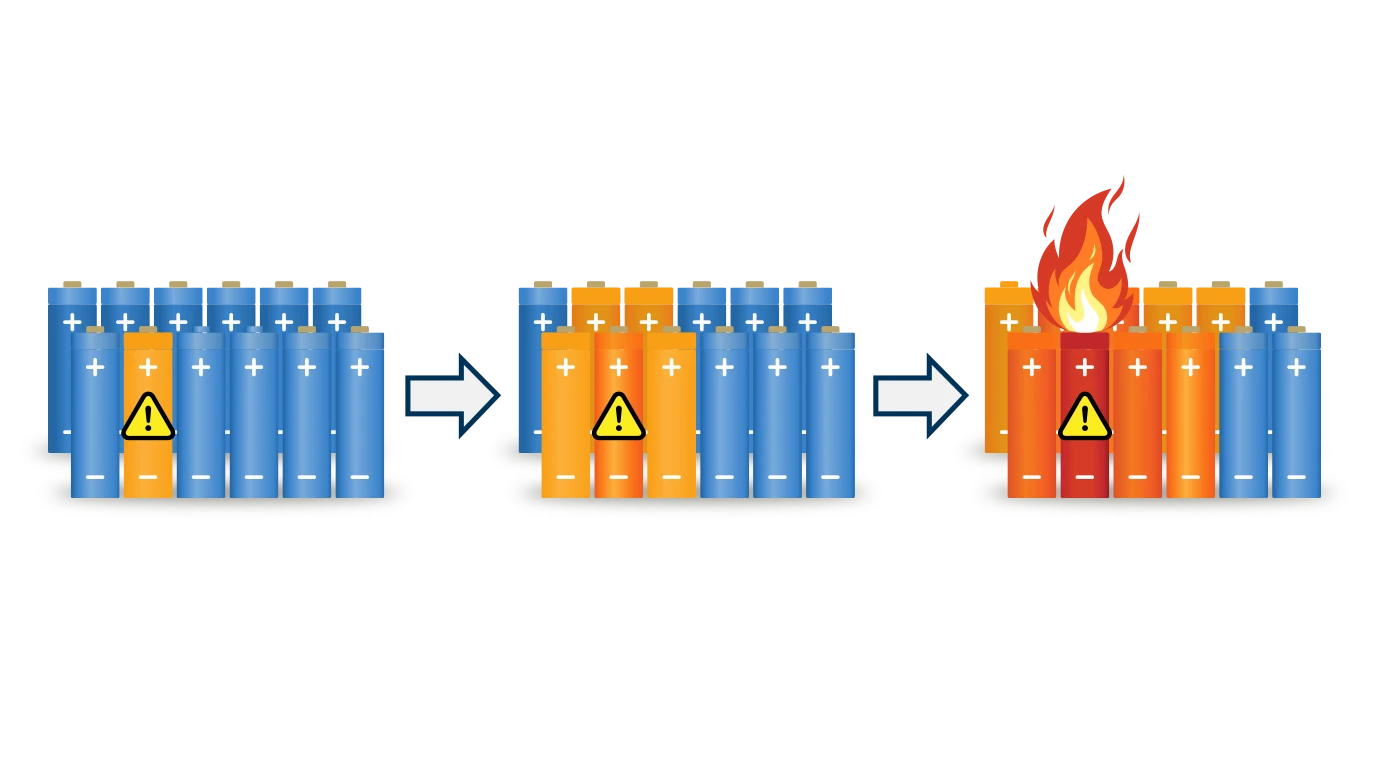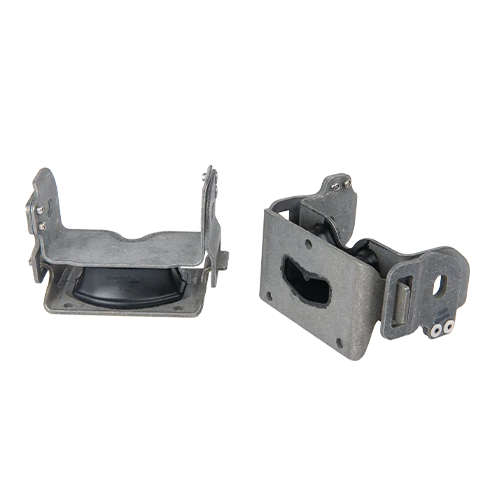The electric vehicle (EV) market is experiencing exponential growth, driven by rapid technological advancements and increased demand for more sustainable mobility solutions.
Like any evolution it comes with its own set of technical challenges, particularly when it comes to thermal management. Within electric propulsion systems, heat control is critical to the performance and longevity of an electric vehicle and, above all, to user safety.
What role does rubber play in battery protection and EV thermal management? Read on to learn more.





